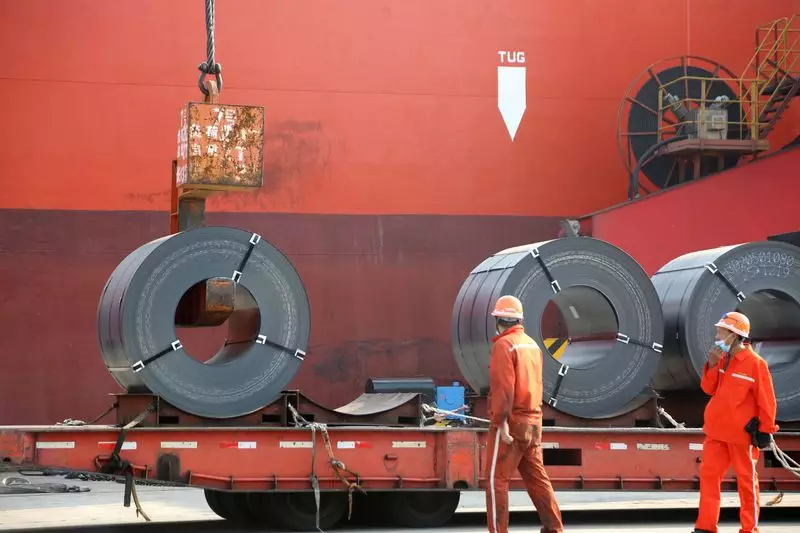China’s industrial profits have shown a mix of growth and setbacks in recent months. While June saw a 3.6% year-on-year increase in profits, a significant improvement from the previous month’s 0.7% gain, the first half of the year only saw a 3.5% rise. This acceleration from the January-May period indicates some positive momentum, but the overall picture remains uncertain.
According to the National Bureau of Statistics (NBS), the growth in profits can be attributed to rapid industrial production and easing factory-gate price declines. This has helped stabilize corporate revenue to some extent. However, the NBS also highlights the impact of insufficient domestic demand on overall performance. The international environment, with increasing operating pressure on enterprises, adds another layer of complexity.
The contrast in performance among different sectors is striking. While some mainland-listed alcoholic beverage firms are expecting losses in the first half of the year, optical transceiver firms like Zhongji Innolight and Suzhou TFC Optical Communication are anticipating significant earnings growth. These disparities reflect the diverse challenges and opportunities present in China’s industrial landscape.
In response to economic challenges, the Chinese government has implemented monetary stimulus measures. Recent actions, such as unscheduled lending operations and benchmark rate cuts, aim to support the economy. Additionally, plans to allocate funds for equipment upgrades and trade-in campaigns underscore the authorities’ efforts to boost growth. State-owned, foreign, and private-sector firms have experienced varying levels of profit growth, highlighting the complex dynamics at play.
The industrial profit data from China paints a nuanced picture of the country’s economic landscape. While there are signs of improvement in certain sectors, challenges persist due to domestic demand constraints and global economic pressures. Government interventions play a crucial role in stabilizing the economy, but the long-term sustainability of growth remains uncertain. As China navigates through these complexities, stakeholders will need to remain vigilant and adaptable to the evolving economic environment.

